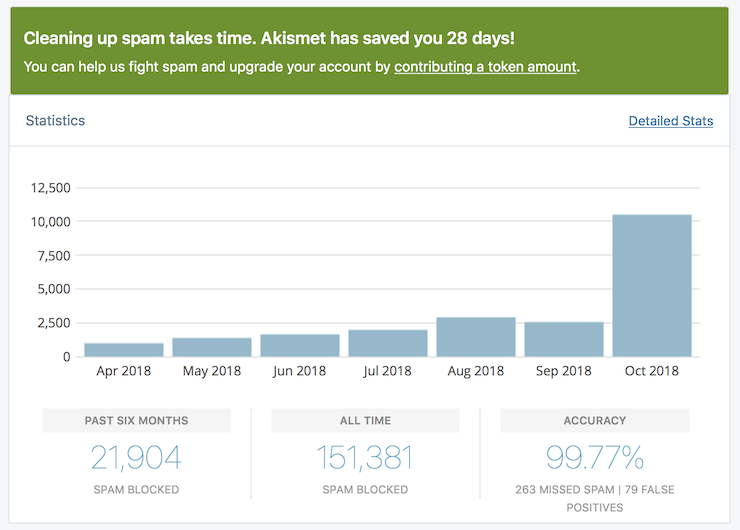Since I have an on this day page on my blog I’ve been finding old me interesting.
Yesterday I notice quite a few end of year reviews published on the last day of the year1.
Blogging highlights 3, followed 1 & 2 in 2006 but focused on the blogging my pupils (primary 6 ~10yr olds) carried out that year.
The links go to the internet archive now. Images and some links were broken but I enjoyed reading them.
I was surprised at the comments on the posts, from adults, pupils at other schools and classmates. At the time the idea of an audience and conversation was one of the main reasons I had pupils in my class blogging. We were posting photos, video, microcasting and writing poems.
It seems harder to get comments on pupils blog now. I admit I’ve not commented outside my own class lately.
This was the year before I was on twitter. A lot of the online conversation about what happens in classrooms has moved to there. While a lot of this is interesting and valuable it has mostly removed pupils from the publishing process 2. This is I believe a loss.
- I was thinking of writing one for 2018 but got lost in following these old posts. ↩
- see also ‘School social media has been terrible at engaging parents’ | Tes News by Susan Ward ↩

